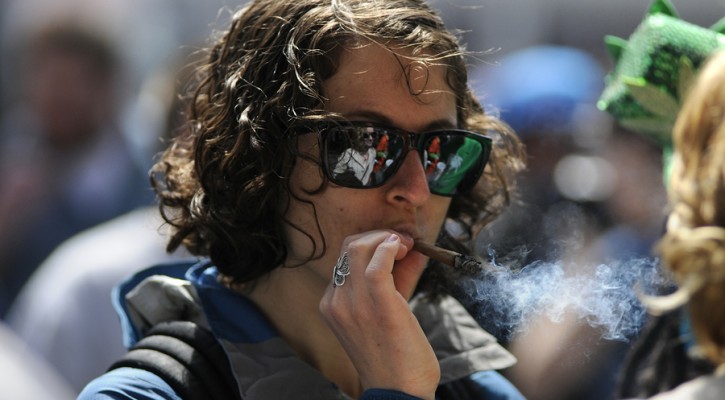
Drugged Driving Increasing But Hard To Prove
November 25, 2014
The increase in instances of drugged driving has law enforcement and state officials worried throughout the country. With more states either legalizing or decriminalizing marijuana use, police are seeing more instances of drivers under the influence of marijuana. The problem is that it’s hard to prove under many state laws.
Currently, 23 states allow for the medical use of marijuana, 16 states have decriminalized the possession of small amounts of marijuana and four states have legalized the recreational use of marijuana. The District of Columbia (DC) allows medical and recreational use and has decriminalized possession of small amounts of marijuana. None of those states or DC allow people to drive while under the influence of marijuana but the problem lies in the fact that there’s no national standard, yet, for determining a legal level for marijuana like there is for alcohol.
Most states include both prescription medications and illicit drugs as part of their Driving Under the Influence (DUI) laws but it’s hard to prove that a driver was actually under the influence of those drugs while driving. Drugged driving cases have been rejected by the courts because, while prosecutors could prove by blood or urinalysis tests that the drugs were in a driver’s system, they were unable to prove that the presence of trace amounts in the blood stream were enough to cause impairment. For instance, current marijuana tests only prove that the drug was ingested within the past four hours but they don’t necessarily prove (in some states) that the driver was high at the time of arrest.
The problem is made even more complex under many state laws such as Florida’s that only allow for mandatory blood tests if someone was injured or killed in a motor vehicle crash. If that’s not the case, then law enforcement officials have to rely on the driver voluntarily submitting to a blood or urine test for drugs.
Some states have solved this problem through the enactment of “per se” drug impairment laws. Under the per se drug laws, a driver is presumed to be under the influence if there is any measurable amount of an illicit drug in their system. Under the per se laws, a mandatory test for drugs can be ordered if the driver passed a breathalyzer test but otherwise still exhibited signs of being under the influence. Currently, only nineteen states have enacted per se drug laws.
With the push to legalize marijuana use, either for medical or recreational purposes, on many state ballots, the Governors Highway Safety Association is urging states legislatures to consider enacting per se drug laws to stay ahead of the problem and keep drugged drivers off the road.
